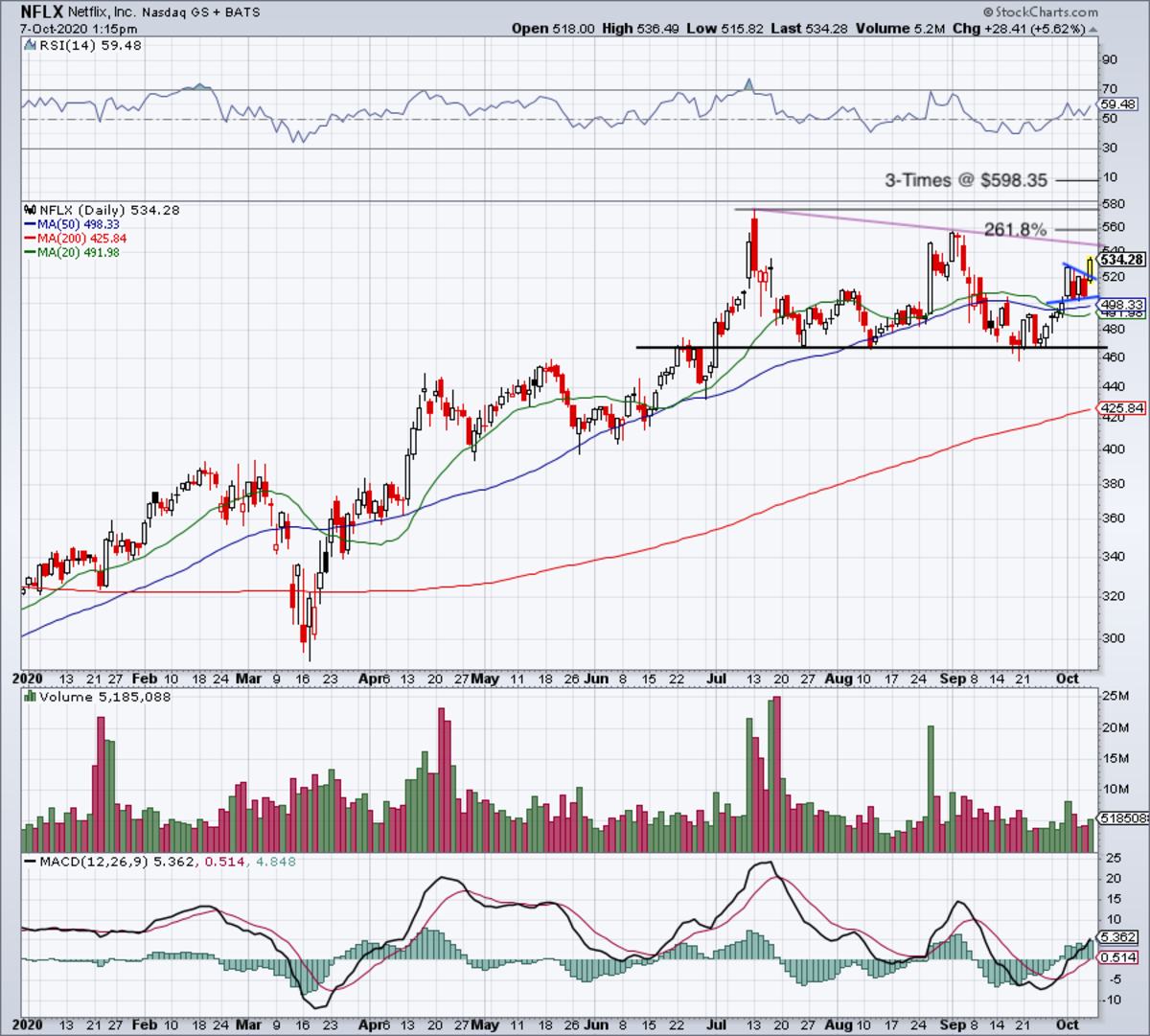

Loop Capital, Edward Jones and DZ Bank have downgraded the stock from ‘buy’ to ‘hold’.A summary of these new ratings sourced from Yahoo Finance are as follows: Since the release of Netflix’s latest results on 19 April 2022, we have seen a number of banks, investment and research houses rerating the stock. Global paid memberships to decline by 2 million to 219.64 million.Revenue to increase by 9.7% year on year (YoY) to $8.053 billion.The group has issued the following guidance for the second fiscal quarter of 2022 ending in June 2022: Amongst the younger audience there is also a case to be made for increased gaming adoption and applications like Tik Tok which are competing aggressively for viewership time. Netflix notes that the ‘other’ category of online streaming players is growing in realization of the migration thereto. Hulu’s share of US viewing time appears to have plateaued at 3%, while Youtube streaming has declined from 6% to 5.7%. The Disney+ share of viewing time in the US has moved from 1% to 1.7%, while Prime Video has also gained over the period from 2% to 2.3%. Over the eight months or so (May 2021 to February 2022), Netflix has actually seen its share of viewing (TV) time in the US increase from 6% to 6.4%, that’s according to Nielson marketing and research. While cost initiatives are being looked at, the company will also look at doubling down on high viewership content which has been at the forefront of the businesses success in the past. The varied new price points suggested will change investor focus from net paid subscribers to an average revenue per member. Where cost might be a factor, Netflix is also looking at offering new memberships at reduced costs at the expense of adding advertising to these streams. The group has already started to test new features such as allowing households the choice of adding lower cost additions to existing household subscriptions. The company estimates that in addition to the 222 million paid subscriptions it has globally, approximately 100 million extra households are making use of existing subscriptions. To tackle the subscriber issue, Netflix is looking to address the account sharing issue noted. Remedial action to boost revenue and memberships Increased competition and account sharing have also been cited as some of the headwinds the company facing as well. Netflix had forecast more than 2 million subscribers for the quarter. Excluding the 700 000 clients lost in Russia, the group would have actually added net paid subscriptions of 500 000.Įven if we exclude the Russian accounts, 500 000 memberships would still be considered a soft number. It also affects onboarding from the region until such time as we see resolve in the current Russia Ukraine conflict. Important to note that the group did cut its service in Russia, resulting in around 700 000 accounts being lost. Q1 subscriber numbers fell by 200 000 net paid memberships. The groups outlook for the second quarter has been cause for further investor distress as Netflix anticipates another 2 million paying subscribers will be lost over the upcoming reporting period. While the Q1 results for Netflix saw revenue and earnings per share (EPS) in line to slightly ahead of consensus estimates, markets have drawn caution from the first drop in subscriber numbers noted in more than a decade. The weekly price chart of Netflix suggests that selling on the share could be reaching a point of capitulation.The share price of Netflix is however trading at a steep discount to a mean of long term price targets.

Consensus broker ratings on the stock have moved to ‘hold’ from ‘buy’ recently.The group is looking at new pricing models to help mitigate subscription losses.Subscriber numbers have contracted and are expected to contract again in Q2 2022.Short term losses have been extended following Q1 2022 results.The Netflix share price has fallen around 70% since November 2021.In this article we breakdown recent events that have affected the Netflix share price, look at the company’s forecasts, broker ratings and price targets for the stock. The short-term move lower furthers the drop seen since the November 2021 highs to roughly 69%.

The share price of Netflix has fallen around 36% since the release of first quarter (Q1) 2022 results.


 0 kommentar(er)
0 kommentar(er)
